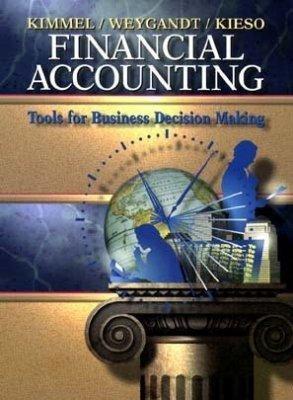Presented here are the assumptions, principles, and constraints used in this and previous chapters: 1. Economic entity
Question:
Presented here are the assumptions, principles, and constraints used in this and previous chapters:
1. Economic entity assumption 6. Revenue recognition principle 2. Going concern assumption 7. Matching principle 3. Monetary unit assumption 8. Cost principle 4. Time period assumption 9. Materiality 5. Full disclosure principle
\section*{\्ना|}
Identify accounting assumptions, principles, and constraints.
(SO 1)
10. Conservatism
\section*{Instructions}
Identify by number the accounting assumption, principle, or constraint that describes each of these situations. Do not use a number more than once. \(\qquad\)
(a) Assets are not stated at their liquidation value. (Do not use the cost principle.) \(\qquad\)
(b) The death of the president is not recorded in the accounts.
(c) Pencil sharpeners are expensed when purchased.
(d) An allowance for doubtful accounts is established. (Do not use conservatism.)
(e) Each entity is kept as a unit distinct from its owner or owners.
(f) Reporting must be done at defined intervals.
(g) Revenue is recorded at the point of sale.
(h) When in doubt, it is better to understate rather than overstate net income.
(i) All important information related to inventories is presented in the footnotes or in the financial statements.
Step by Step Answer:

Financial Accounting Tools For Business Decision Making
ISBN: 9780471169192
1st Edition
Authors: Paul D. Kimmel, Jerry J. Weygandt, Donald E. Kieso





